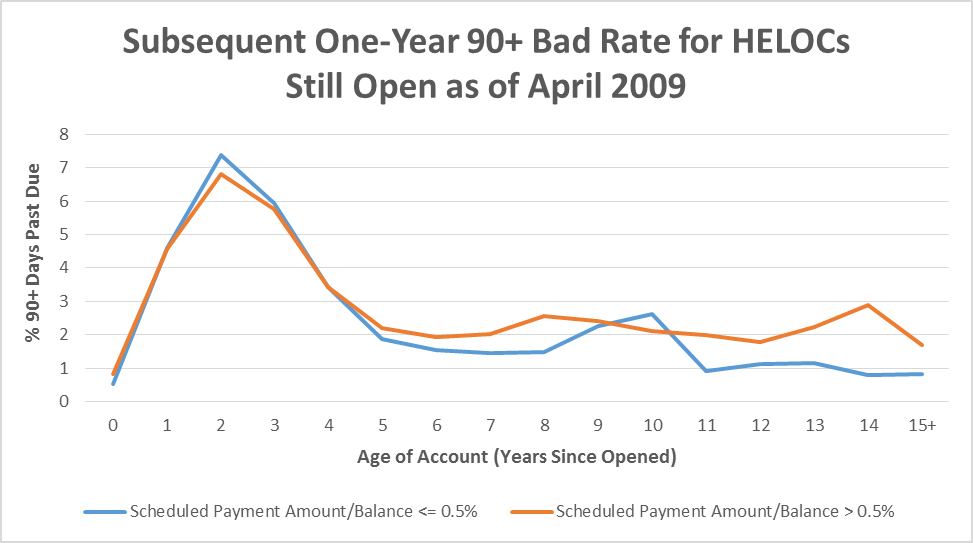Write An Article On Heloc, Its Risk And Trends 5Vq33FW
As interest rates have risen, the demand for HELOCs has increased while cash-out refinances have decreased. HELOCs offer low interest rates but have the downside of fluctuating monthly payments. In 2022, there was a significant increase in HELOC activity and balances, despite the higher mortgage rates. With a 30% increase in both the number and amount of HELOCs, it is clear that homeowners are tapping into their home equity through this option. However, there is risk involved as HELOCs are tied to the prime rate and may continue to rise, making it important for individuals to consider their financial risk appetite before taking out a HELOC.
Home Equity Line of Credit (HELOC): Risks and Trends
Home Equity Line of Credit (HELOC) is a popular financial product that allows homeowners to leverage the equity in their homes as collateral for a line of credit. While HELOCs can be a convenient way to access funds for various purposes, they also come with certain risks and exhibit evolving trends. Understanding these aspects is crucial for individuals considering or currently using a HELOC.
Risks Associated with HELOC:
-
Interest Rate Fluctuations: HELOCs often feature variable interest rates, tied to the prime rate. As a result, borrowers are exposed to the risk of fluctuating monthly payments, especially when interest rates rise. Sudden and substantial increases in interest rates can lead to higher borrowing costs and financial strain for HELOC holders.
-
Potential for Overleveraging: The accessibility of funds through HELOCs can tempt homeowners to overextend themselves financially. Excessive borrowing against home equity can lead to challenges with repayment and put the borrower's home at risk in the event of default.
-
Market Value Changes: The value of the collateral (home equity) that underpins a HELOC can fluctuate with changes in the real estate market. A decrease in the value of the property can negatively impact the homeowner's ability to access credit and may even result in the lender reducing the credit line.
-
Long-Term Commitment: HELOCs are long-term financial commitments and require responsible financial management. Failure to make timely payments or manage the credit line effectively can lead to financial stress and potential foreclosure.
Trends in HELOC Usage:
-
Interest Rate Dynamics: Amidst rising interest rates in recent years, there has been a notable shift in consumer preferences towards HELOCs as compared to cash-out refinances. HELOCs have been favored due to their lower interest rates, despite the risk of fluctuations.
-
Increased Activity and Balances: The year 2022 witnessed a significant surge in HELOC activity and outstanding balances. There was a notable 30% increase in both the number and total amount of HELOCs. This trend indicates that homeowners are increasingly tapping into their home equity through HELOCs for various financial needs.
-
Higher Mortgage Rates Impact: Despite the overall rise in mortgage rates, the demand for HELOCs has remained robust, reflecting homeowners' continued interest in leveraging their home equity through this financial product.
-
Guidance on Risk Assessment: Financial advisors and industry experts emphasize the importance of assessing individual risk tolerance and financial stability before opting for a HELOC. Understanding the potential risks and implications of interest rate changes is crucial for informed decision-making.
In conclusion, while HELOCs offer a flexible and accessible source of funding, they are not without risks. Individuals considering a HELOC should carefully evaluate their financial situation, assess the potential impact of interest rate changes, and maintain a prudent approach to borrowing against their home equity. Monitoring evolving trends in HELOC usage can also provide valuable insights for borrowers and financial institutions alike.
Work fast from anywhere
Stay up to date and move work forward with BrutusAI on macOS/iOS/web & android. Download the app today.


